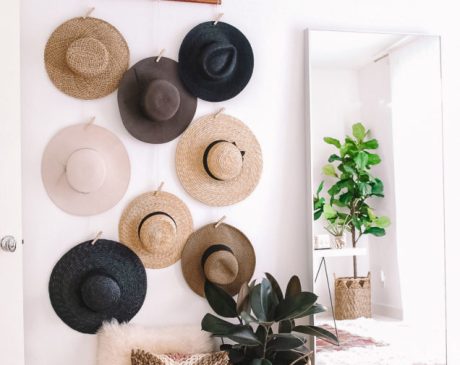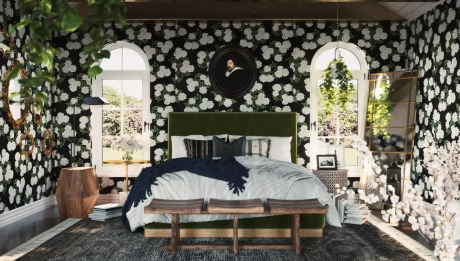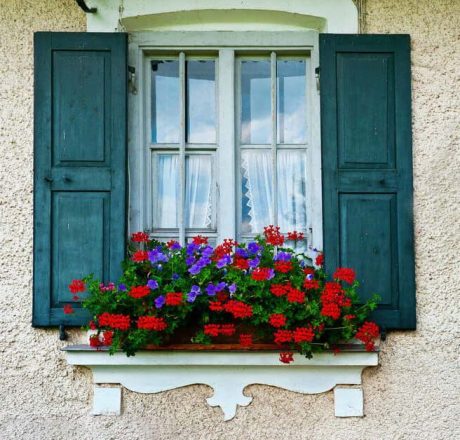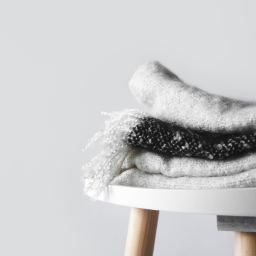Understanding Brocade Fabric: 10 Essential Facts You Should Know

Brocade fabric, known for its usage since ancient times, is still seen in many households. The fabric, with its woven pattern, can impress anybody. The production method of Brocade allows the manufacturers to render astonishing designs. With its appealing patterns, it has made its place in different industries.
But when can we use Brocade fabric? What occasion is this fabric best for? What makes Brocade unique and distinguishable properties? If you are stuck with all these doubts about Brocade fabric, this blog will help you to get a detailed insight.
Here are 10 things you must know about Brocade fabric.
1. History of Brocade
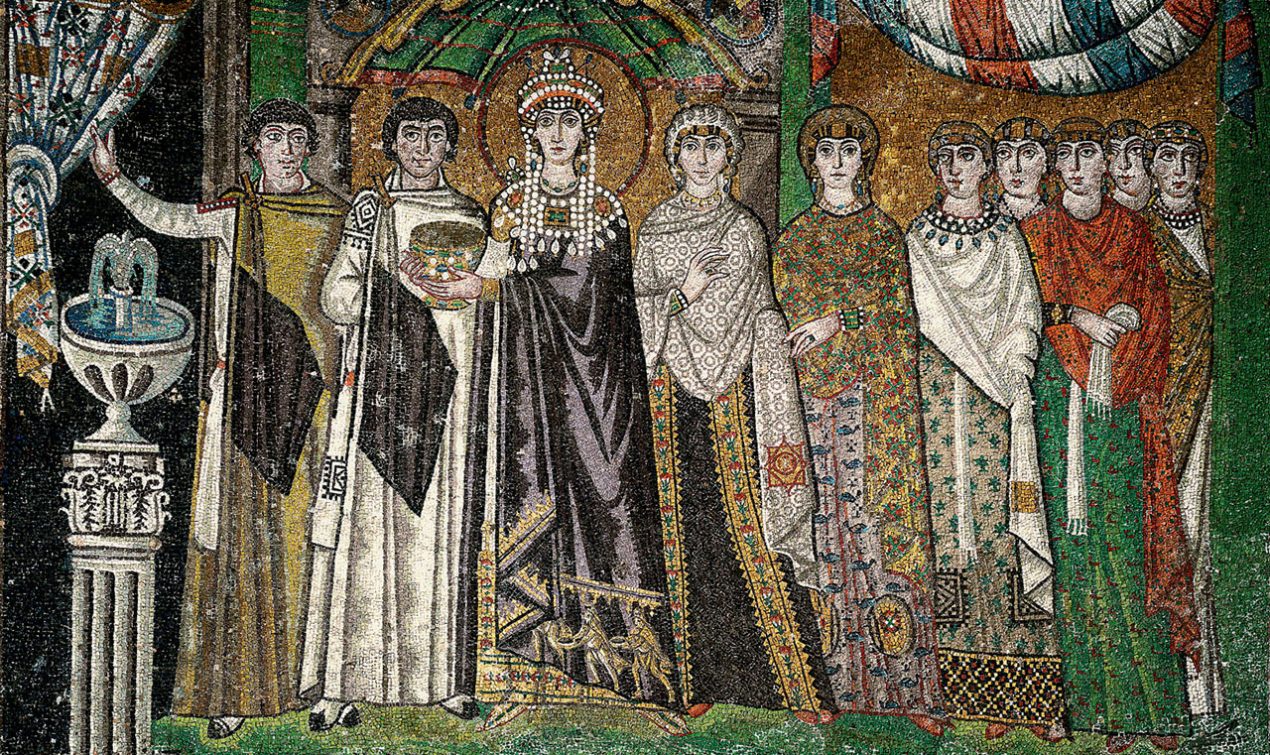
The first mention of Brocade is observed in Chinese culture. Originating in China, Brocade was popular in the warring periods (i.e., 775 to 221 BC). The dependency for cloth demand was solely on China. To reduce dependency on Brocade, the opposite powers built their own industries dedicated to this.
The secrets of sericulture, devoted to silk manufacturing, were smuggled from China by monks of Byzantine (belonging to Byzantine, now called Istanbul). It led to the Byzantine building an immense empire of silk fabric. Hence, in the middle ages, the primary Brocade production was done by Byzantine.
2. Features of Brocade Fabric
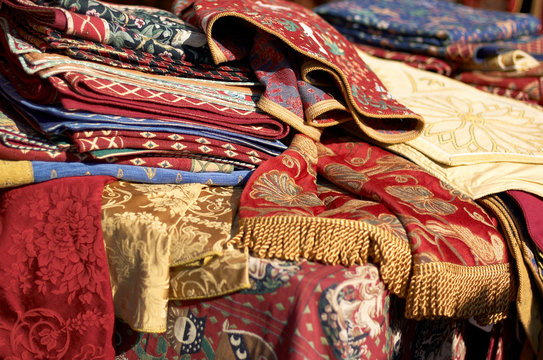
Brocade fabric has some distinguishable features that make it unique from other fabrics. The woven designs on the fabric make it elegant and luxurious. With passing time, the fabric has been adapted to different styles and incorporated into fashion.
The characteristics of each brocade type will depend on the type of raw materials used. In general, Brocade fabric is used only for formal dress and ornamental wear. The reason why brocade is not a part of casual wear is that it provides less breathability and is uncomfortable to wear because it is thick and heavy. That being said, this is outweighed by the beauty of its woven patterns.
3. Production of Brocade
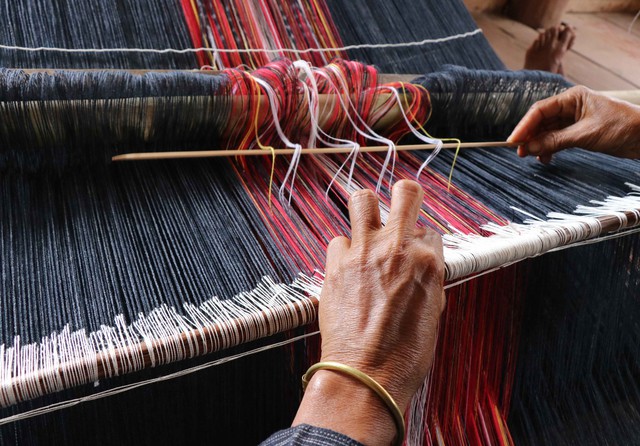
Brocade fabric has patterns on it crafted by delicate and appealing woven designs. With woven patterns on fabric, Brocade marks the legacy of sophistication and beauty. The simplest of the patterns on this fabric is made by adding a single color to a cloth. A wide variety of patterns and complexity is found in Brocade. The complex patterns are equally enchanting, made with keen details of the pattern. Brocade is woven together by using three yarns together, i.e., warp and weft yarn. Warp and weft yarns are mandatory for any textile-producing Brocade fabric.
With conventional looms, each Brocade fabric required extraordinary effort and attention to bring out its beauty. The traditional looms are now replaced by Jacquard looms, which have made the production of Brocade a lot simpler. The current production methods involve the use of computerized Jacquard looms.
4. Costing of Brocade
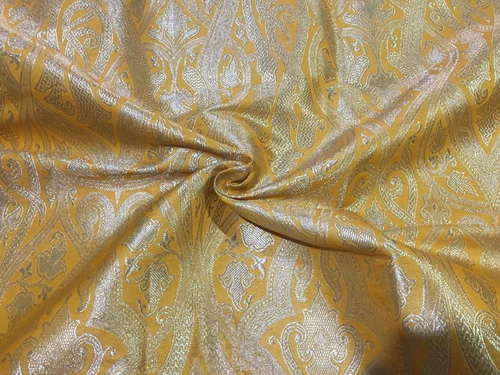
Counting back the days of history, Brocade was a popular choice among the royalties because the fabric symbolized luxury. It was expensive because, during the earlier days, the cloth used for this purpose was pure silk, and the threads used for making patterns were made from noble metal threads like gold and silver.
Nowadays, the different varieties of Brocade use clothes other than silk which has reduced the cost of the fabric significantly. Other than this, metallic yards or cheaper alternatives have replaced the noble metal threads used. This has made Brocade an affordable option for people. Cotton, wool, or other synthetic materials can be used, which has cut down the cost of Brocade.
5. Types of Brocade
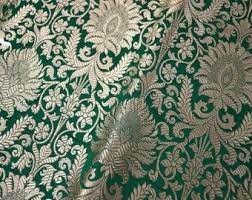
The history of Brocade fiber mostly mentions silk fiber for crafting Brocade. For curating patterns on brocade fabric, silk fabric is mostly preferred, but other varieties of Brocade are also available. Silk Brocade was expensive, and the availability of other cheaper fabrics lowered the production costs.
Wool, cotton, and other synthetic types (Rayon & Nylon) of fibers are used for making brocade fiber. Modern industries prefer synthetic clothes the most because of their similarity with natural fibers. Another reason for choosing synthetic fibers is that they are inexpensive. Irrespective of the fabric used, the dyeing of yarns must be performed before weaving. Here are the most popular types of Brocade:
Silk Brocade
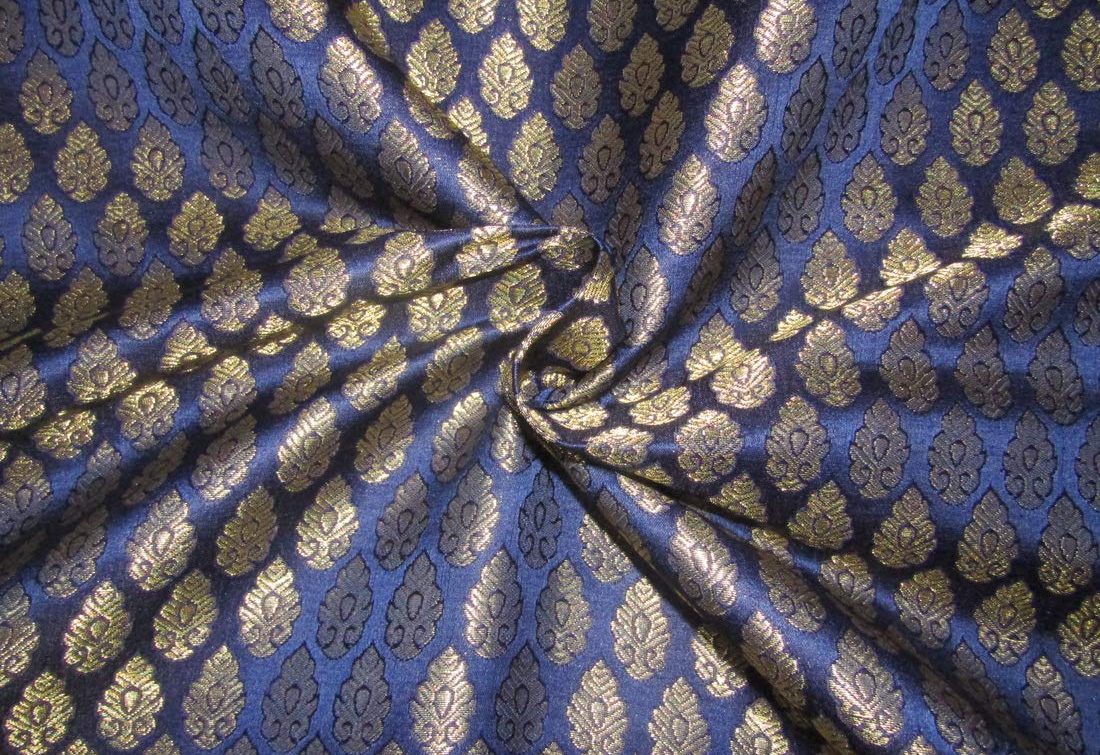
We have already discussed the extensive use of silk for Brocade production in ancient times. The use of other fabric types is significantly done in the industry, but some purists only prefer the work in silk. It resonates with the authenticity of Brocade production. And there is no doubt that silk Brocade provides an extravagant look along with its soft texture.
Cotton Brocade
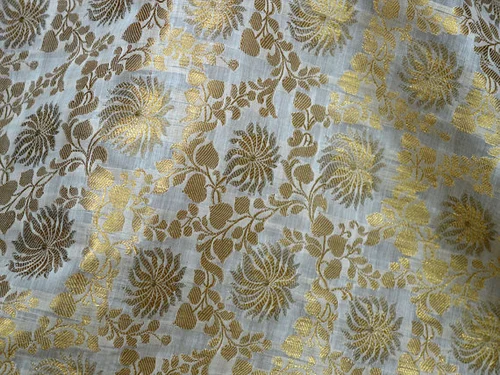
Cotton Brocade uses cotton fabric for producing brocade. Brocade synthesis is easier because weaving the patterns offers less complexity. Although the elegance is a bit compromised when compared with silk Brocade, it can be used for less formal garments.
Himroo Brocade
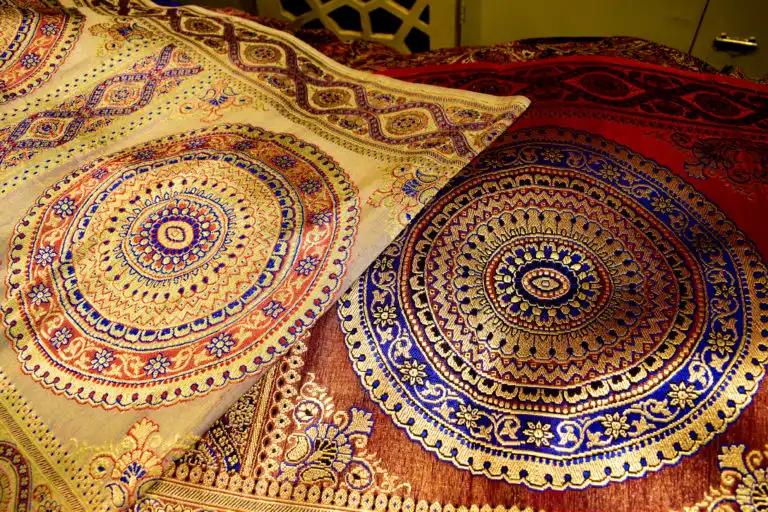
Himroo is a blend of cotton and silk, hence more preferred than pure cotton for weaving patterns. Himroo has been used by many historical novelties in the form of shawls, blouses, gowns, jackets, sherwanis, etc. Himroo Brocade offers features of both fabrics, i.e., the shine of silk fabric and the breathability of the cotton fabric.
Zari Brocade
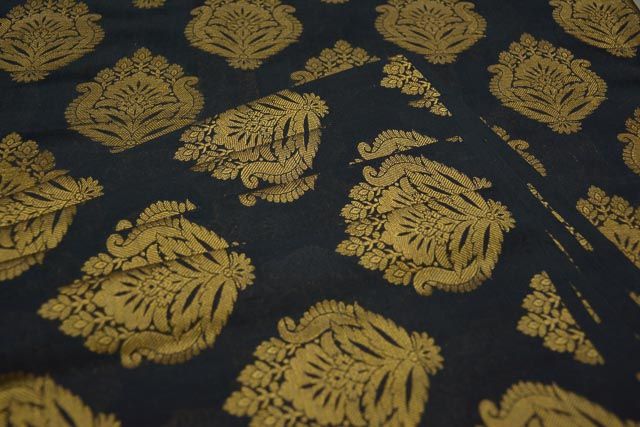
Zari brocade uses metallic threads (gold & silver) for curating designs on the fabric. Ancient times offered these expensive metals at lower prices. But with the industrial revolution, the prices elevated, and less costly methods were introduced. To reduce the cost factor, the intricate designs on the fabric can be made using synthetic metallic threads.
Synthetic Brocade
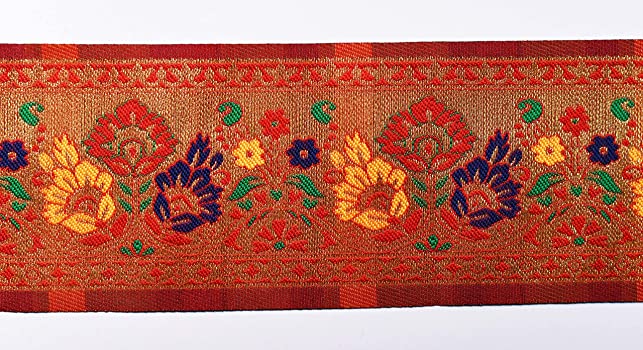
Using original fabrics makes Brocade fabric expensive. To counteract the issue, natural fibers are often replaced by synthetic fibers. The cost might be reduced, but the authenticity and comfort do not match with brocade made using natural clothes.
If your pocket does not allow purchasing pure brocade fabric, synthetic brocade is a choice for you. Even if the comfort is compromised, the patterns of brocade built using synthetic fibers are still appealing.
Continuous & Discontinuous Brocade
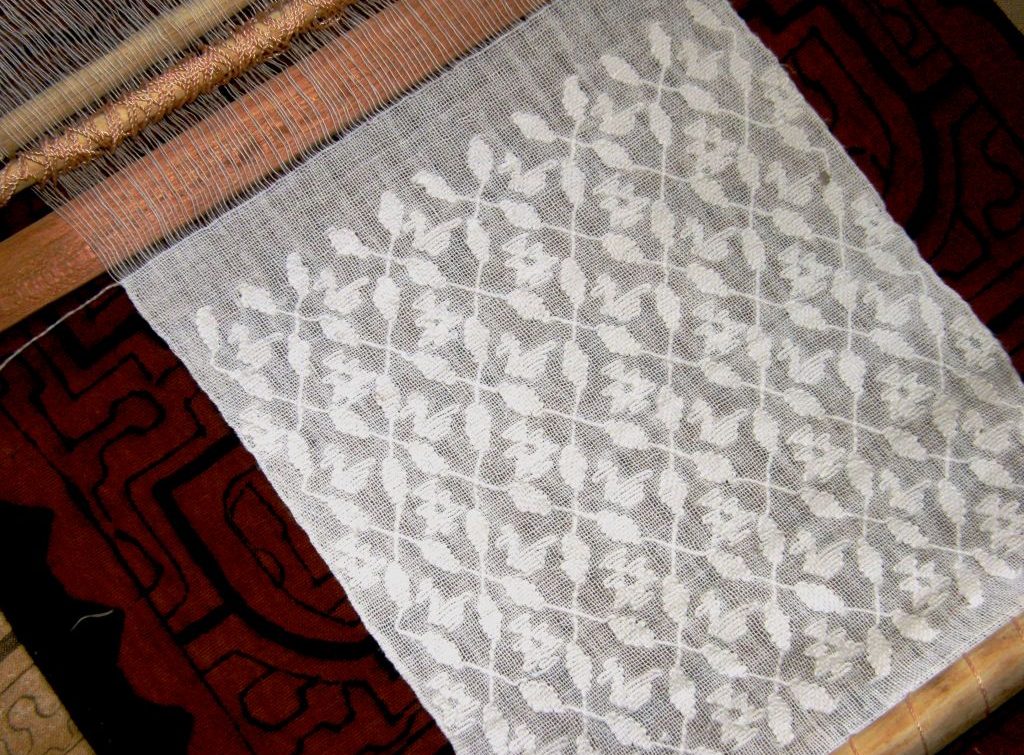
In continuous brocade, the weft threads used for creating patterns are either cut or they are left at the back of the fabric. The discontinuous brocade uses these leftover weft threads to create patterns by weaving them into the fabric.
6. Best Ways to Use Brocade
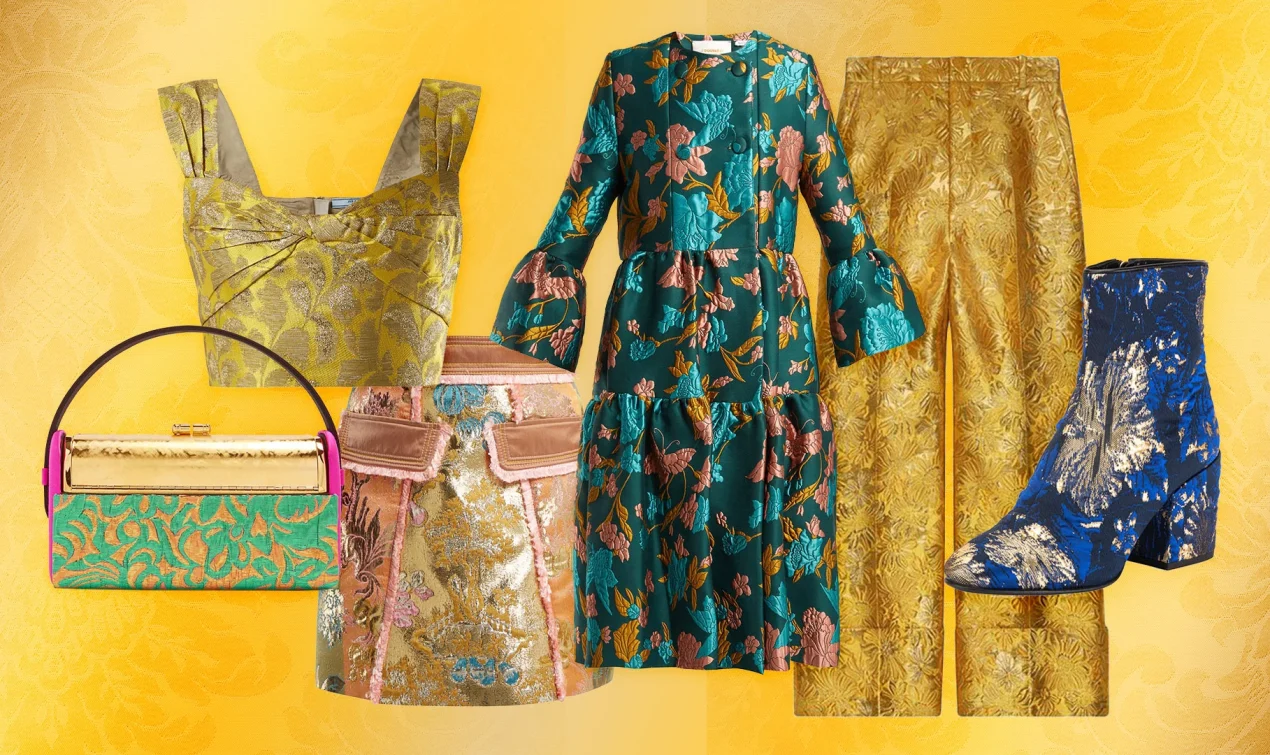
Brocade was used extensively in the past where royalty was concerned. The noble families included Brocade in their clothing and other accessories. Draping and upholstering are two current popular choices dedicated to Brocade use. This expensive fabric must be used for dresses that are worn on the outside to present unique craftsmanship. Brocade can be used for festive occasions, special occasions, casual wear, formal wear, and as an accessory. Brocade fabrics go best in colder weather.
So wearing this fabric in autumn or winter can never go wrong. Floral, paisley, and geometric designs are best for any special occasion. A brocade jacket paired with a top and a skirt will create a perfect look. Brocade fabric for bridal dresses is another way to add the elegance of Brocade to your dresses.
If you want to skip the whole bridal dress, a brocade jacket is something you can pair up the dress with. The texture and pattern make brocade best for office wear. By ditching the metallic yarns, you can build an ultimate casual outfit for yourself.
7. Brocade in Accessories
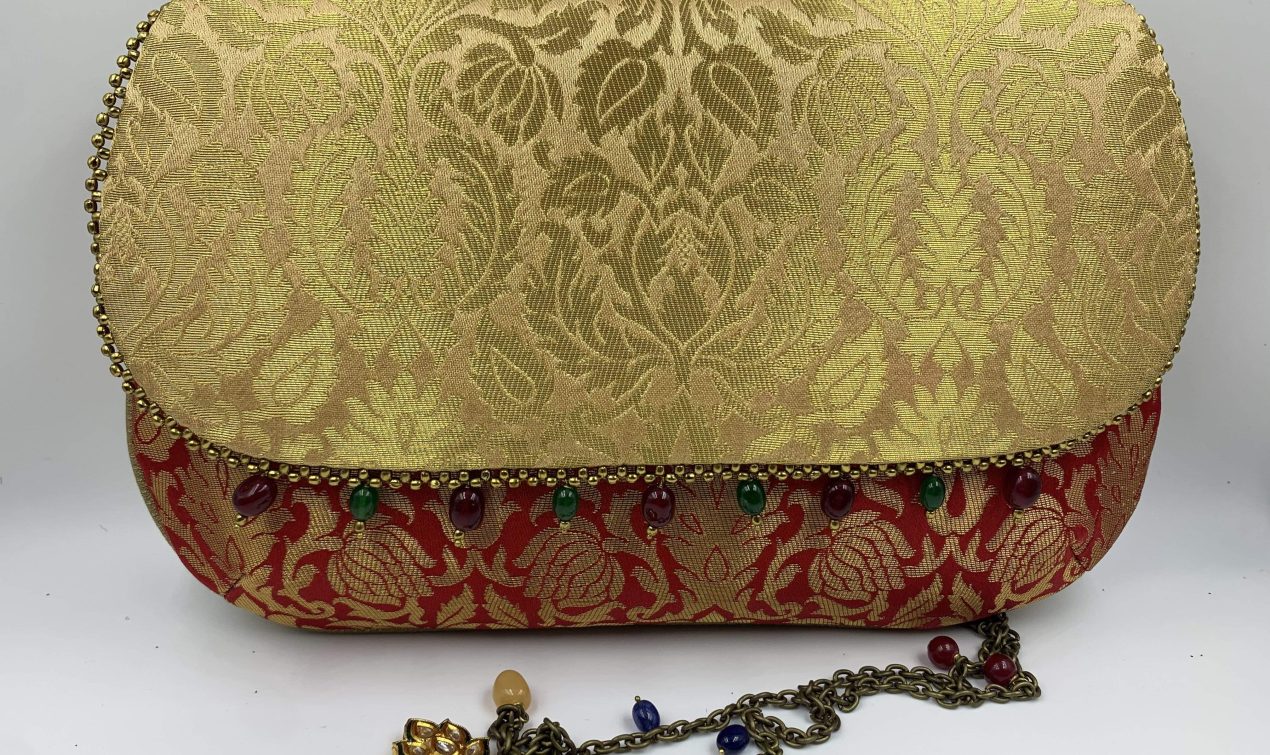
We all wish to stand out in the crowd, but are you wondering how to do so? Integration of brocade fabric in accessories is a success in attaining a luxurious outlook. A simple handbag covered with brocade fabric can enhance your appearance. Accessorizing brocade can be done in many ways. A scarf and shawl made up of brocade can be paired with other cloth items for an extravagant look.
Brocade fabric stitched into shoes and gloves is two other creative ways to add brocade to your outfit. If you think the use of brocade is limited to women’s clothing, you are absolutely wrong! Men’s outfits, too, have no limits when it comes to brocade fabric.
Men’s clothing offers a wide range of options to choose a way to incorporate brocade as an accessory. Ties, bow ties, pocket squares, and shirt fronts are a few of the options you can use Brocade to enhance your look.
8. Taking Care of Brocade
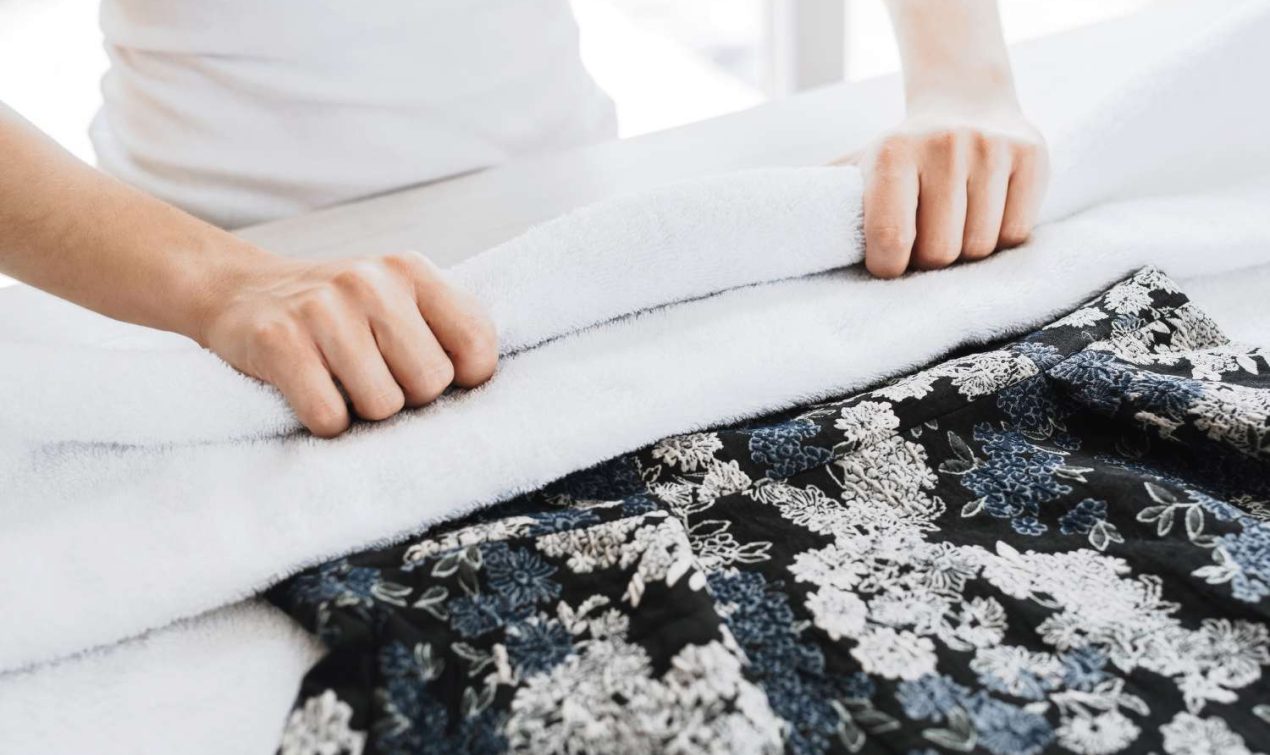
The best method to clean Brocade fabric is by dry cleaning it. This prevents any damage to the cloth and the design of the cloth. Regular washing methods are not well-suited for Brocade. If you prefer detergents, powerful detergents must be avoided at any cost. Mild detergents make the best choice for the detergents for this cloth.
When drying post-washing, do not wring out by squeezing or twisting the fabric. Gently let the cloth lay down and allow it to dry. High temperatures damage the cloth, so ironing at higher temperatures is not recommended for Brocade. To provide the best care to your fabric, you should refer to the label of the textile.
9. Impact on The Environment
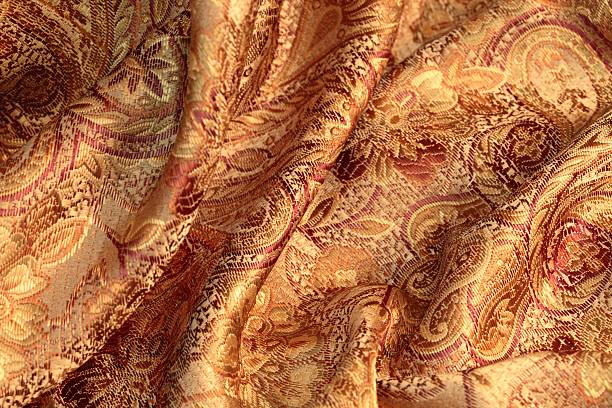
From growing silkworms to the degradation of silk cloth, Brocade has no adverse effect on the environment. Silkworms can grow easily on Mulberry leaves without the aid of pesticides and fertilizers. Extraction of silk from the cocoons to is environment friendly without any need for harmful chemicals. For Brocade made using other fibers, their impact will depend on the individual material used. Textile materials with natural origin have little impact on degrading the environment.
For the production of wool, animal cruelty is one associated concern. Natural fibers do not pose a threat to the environment, but synthetic fibers can be threatening to the environment. The most crucial trouble with synthetic fibers is their degradation which is not easy. The synthesis of synthetic fibers includes the use of chemicals which is a hazard to both the environment and the involved workers. Another concern with synthetic fibers is the release of tiny particles of the fiber when washed.
10. Certification Available for Brocade
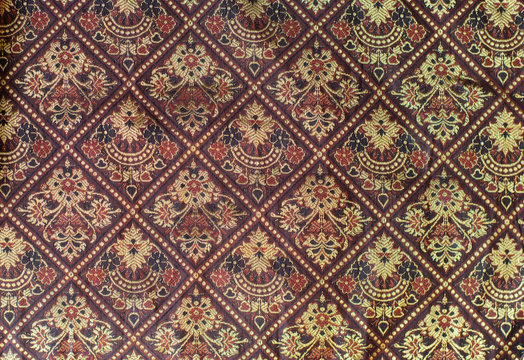
These mainly regulate by managing the certification of the textile fabrics that are used as raw materials for brocade production. For example, WoolMark is one such certification that ensures the delivery of quality products. GRS (Global Recycle Standard) is a certification focusing on synthetic fibers used that qualify as being recycled. AMA (American Supima Association) monitors the synthesis of Brocade fabric using Pima cotton.
Summing It Up
Brocade fiber, because of its woven patterns and luxurious appearance, has a long history and continues to rule the fashion industry and its use in other industries and households.
Its woven designs give it a distinguishable elegance. Brocades can be used in a variety of ways, including dresses, jackets, skirts, and accessories like handbags, scarves, and shoes. It is particularly suitable for colder weather and adds a touch of sophistication to any outfit.
Overall, Brocade fabric offers a unique and elegant option for those seeking to make a statement with their clothing and accessories, adding a touch of luxury and sophistication to any occasion. We hope we satisfy your curiosity about this fabric.
Share how you are using Brocade fabric currently by commenting below!
Frequently Asked Questions
How is Brocade Different from Embroidery?
The patterns and designs may look like they are embroidered or embossed on the brocade fabric. But what makes it and embroidered ones different is that in the former one, designs are woven along with the weaving of the fabric.
Is Brocade Fabric still in Use?
Brocade has a long history of usage in the royalties. Even today, the fabric can be seen in every household in some way or the other. It is widely used in fashion, accessories, and for draping & upholstering.
How Expensive is Brocade Fabric?
The cost of Brocade fabric will depend on the type of fibers used for its production. Using silk for making brocade fabric will increase the costs. For cheaper alternatives, brocade made from cotton, wool, or synthetic fibers may be purchased.



